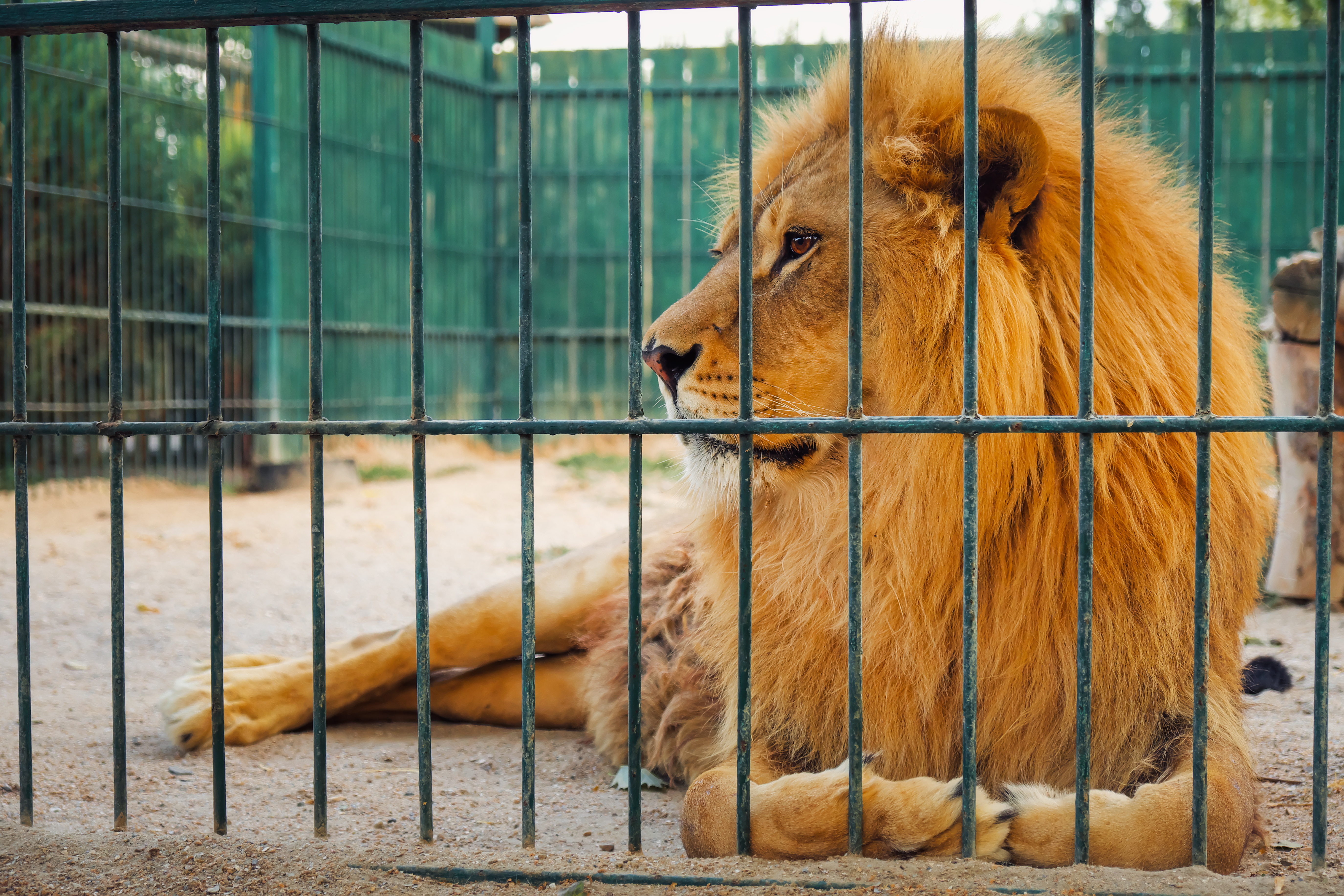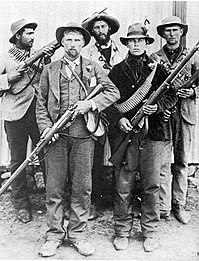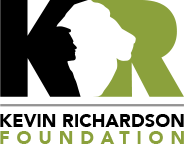Understanding the Captive Breeding Industry
PART ONE: Why South Africa’s Government tacitly condones lion farming
For the past few months now, there has been a lot of heat on the topics of captive lion breeding, canned lion hunting and the lion bone trade, with three main voices involved: the country’s hunting fraternity, local and international wildlife organizations and government departments. There have been a lot of polarized views, anger and emotion on the matter. We at the Kevin Richardson Foundation believe that this issue needs addressing because it has been going on for too long and is a sad reminder of the extent to which humans can justify their greed. We also want our supporters to have context and insight into such matters because we believe that change is only possible when we engage with respect and empathy for all affected parties.
And so we will be doing a three part series in our newsletter on this topic, and hope that it sheds light on a problem that is complex, and requires us to apply ourselves in a way that is knowledgeable and strategic.
DEFINING CANNED LION HUNTING
It is important to start out by looking at the definition of “canned hunting” because herein lies the first big departure point when it comes to conflicting perspectives. The definition of canned hunting, from our perspective, is “any hunt in which the animal (in this case a lion) stands no chance of evading the hunter.” In other words the principle of “fair chase” is removed from the hunting activity and restrictions are set upon the animal. These restrictions can be physical, such as an enclosed or finite area or the lion being sedated, but they can also be psychological constraints due to the lions being hand raised or dependent on humans for food.
Now South Africa’s Department of Environmental Affairs (DEA) and the lion breeder or farmer claim that there are only captive-bred lion hunts in South Africa and that “canned hunts” are not taking place and furthermore illegal. They view the issue with only the physical restriction in mind and in defense of their actions argue that a hunt cannot be a “canned hunt” if the animal is released into a large(r) open space. This is a convenient evasion of reality because if you release a captive bred lion into a 2,000 hectare wild area, it is just a matter of time before that lion will seek out a boundary fence (most likely due to its instinct to either home or explore the bounds of the new area) and/or seek out food at a bait station. The lion may also actively move towards humans since humans most likely fed it since birth. You cannot take an lion out of an enclosure where it has spent its whole life, release it into an open space, wait a few hours and miraculously expect the lion to be a wild animal. It does not stand a chance, whether the ‘rewilding’ period if 24 hours, 48 hours or 6 months.
We believe that it is also possible to include some circumstances of wild lions in wild spaces as “canned hunts”. Confined reserves will earmark certain lions for hunting purposes. This means a lion may be collared, or another lion within its pride is collared, and thus the location of the lion is known. This “wild” lion also doesn’t stand a chance of evading a hunter when it has a tracking device in it’s presence. This too, in our opinion, is a canned hunt. What the DEA and the lion farmer or hunting farm owner will not admit is that time, space, and whether a lion is hand-raised or not, is irrelevant if there is a psychological or physical restriction placed on the animal, and if there are means to know where the animal is located.
Considering all of the above, there are actually very few circumstances in South Africa, in which the hunting of a lion is not, in actual fact, a canned hunt.
Having defined what we believe to be canned hunting, let’s return to the events that have unfolded in South Africa over the past few months.
The Department of Environmental Affairs “Changes its Mind”
Many readers will already be aware that towards the end of 2018 the DEA announced they would strive to phase out captive lion breeding for the purposes of canned hunting. Wildlife lovers and conservation organizations celebrated the announcement and applauded the government for taking action towards bringing an end to the Captive Lion Breeding (CLB) industry, and consequently ending canned lion hunting and the lion bone trade. This resolution, which can be read [here], was put forward by the Portfolio Committee on Environmental Affairs (PCEA) after a two-day parliamentary colloquium held in Cape Town in August 2018. We left this event feeling cautious to hope for immediate change
Our worst suspicions were confirmed in March this year. The Department of Environmental Affairs (DEA) rejected the PCEA’s recommendation and confirmed that the captive lion breeding industry would continue. They quietly announced this whilst giving some lip service to “giving attention to appropriate legislation and regulations” even though it is well known that the department is too under resourced to enforce any solid regulation and compliance.
What should be kept in mind when reading about the DEA’s apparent reversal of its position is that firstly, the department was never legally obliged to follow through on the PCEA’s recommendation. Secondly, the DEA’s statement never committed to ending captive lion breeding for the tourism industry, i.e. cub petting and lion walking, but rather hovered its wording around the canned hunting industry only. Considering the divergent definitions of canned lion hunting, it is likely that the DEA was always going to appease the hunting and lion farming industry, which is big business in South Africa and would be difficult to take apart overnight. When referring to the lion bone trade, the DEA committed to the vague promise of “such issues would be revisited”.

We cannot say we are overly surprised. As they say, “history repeats itself” and this is not the first time the South African government has hoodwinked conservation organizations and concerned citizens by making ambiguous commitments and empty promises.
We do not want to lose hope, all over the world we are currently witnessing legislative reforms against environmental threats such as plastics, pipelines, fracking and harmful pesticides.
Now we truly believe that change can occur, but it is important to understand what we are up against so that we can realistically tackle the issues at hand with eyes wide open.
The Department of Environmental Affairs pulls a PR Tactic on us
It is also worth considering that the attention that the initial portfolio committee report garnered gave the department some much-needed positive press. The world is currently watching, and it needs to appear that the country is addressing the issue.
It is however possible that in response to the wave of international outcry and condemnation of canned hunting, the whole colloquium and public announcement debacle was a cunning move by the department to pretend to make moves towards active reform whilst not changing much at all. The colloquium and ensuing report, after all, got much more attention and press coverage than the announcement that the government was rescinding its promises. It is possible that they pulled the ultimate distraction tactic on us and that this tactic was helped along by the boom in coverage from the activism sector. In future, we (including our Foundation), should apply more caution when applauding the government prior to actual legislative reform.
History, Hunting and how Captive Lions in South Africa are viewed
Historically, the white, pro-hunting, South African government under Apartheid, established laws on the assumption that hunting is a defining and acceptable cultural activity. Hunting was after all, part of the lifeblood of early settlers and persisted in Afrikaner and British Colonial culture. This created a very lax playing field for the hunting and breeding industry to establish themselves firmly within the legal framework of the country. Dismantling a firmly established legal system costs a government immensely in both money and resources (we will speak more about this in coming newsletters).
When Apartheid ended the New South African government came in with the priority of transforming the country into one that utilizes all possible resources to create work for its citizens and create wealth for the nation’s repository. Wildlife, especially ranched wildlife, became fundamentally viewed as an economic resource and is to this day.

It is naïve to believe that the government will make decisions based on moral perceptions when lions fall under what is essentially considered “a natural resource”. The farming of lions is thus justified for the government so long as the resource is treated in a way that adheres to “sustainable use” – a policy applied to natural resource management across multiple sectors in South Africa. When it comes to a country’s policy, one cannot pick and choose the application of it so that it meets the moral standards of individuals or groups.
The very fact that this regulation falls partially under the Department of Agriculture, Forest and Fisheries means the value of ranched lions is considered the same as that of farmed crocodile or cattle for leather and consumption. The department is not seeing a difference. When one realizes the divergence in perspective that the government has with the way we view the situation, one realizes change will not occur overnight. Thus the PCEA resolution may, at best, help tighten up (existing) regulation around animal welfare in captive breeding facilities. However at the end of the day the mandate of the DEA does not include animal welfare, so they will never be institutionally obligated to implement reformed welfare requirements.
Another issue to consider is that things move slowly in South Africa’s parliamentary system. Chris Mercer from CACH (Campaign Against Canned Hunting), who refused to attend the colloquium (as he publicly declared it as a waste of time) aptly stated in November last year, “The South African government operates in a different time dimension to the rest of the universe; in the corridors of bureaucracy and legislation, years drift by like grains of sand.” It seems Chris was right.
We have a long way to go on this issue and change doesn’t occur overnight. Considering that the last country to abolish slavery was in 1981, it is obvious how long it takes for humans to give up on practices that bring economic gain at the expense of the powerless. Why are we surprised when we witness daily the effects of climate change on the earth and thousands of species going extinct every year?
Even against all the challenges, the human spirit continues to hope and there are many organizations and passionate people working hard at bringing about change. There are films, exposés, books, marches and investigations occurring across the globe in an effort to reform the situation of captive lions and reverse the declining populations of wild lions.
The Kevin Richardson Foundation believes it is essential to understand the reasoning behind this deplorable industry in order to propose realistic change. Expressions of outrage, indignation and antagonizing the opposition has never successfully resolved conflict. What war has ever been ended without dialogue and cooperation?
In our lifetimes we will either witness a reformed human race that prioritizes and protects the planet we inhabit, or the mass extinction of most, if not all, of our natural ecosystems and all that they provide.
The Foundation will support efforts for change wherever possible and we will also endeavour to provide perspective and context for our readers. For systemic change to occur, we are going to have to band together and listen to all the voices involved, consider all that has gone before, and be practical in the solutions we devise.
And so in our next newsletter we will be exploring this matter… from the perspective of the lion farmer.
